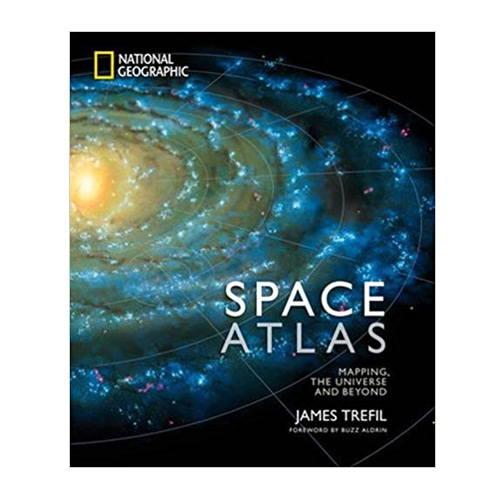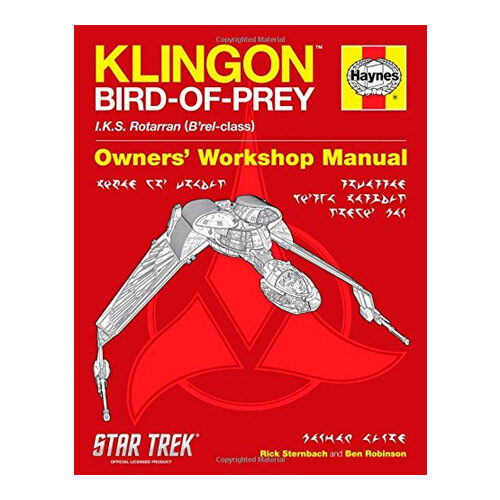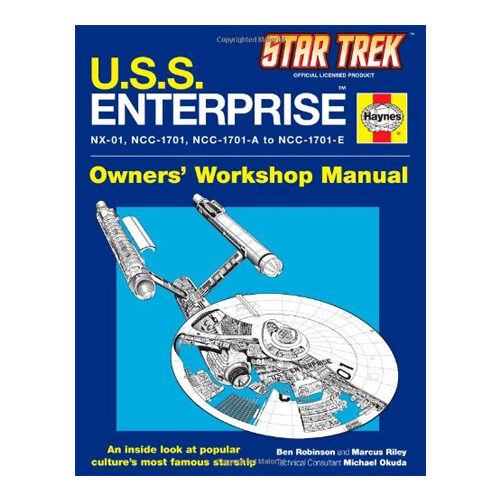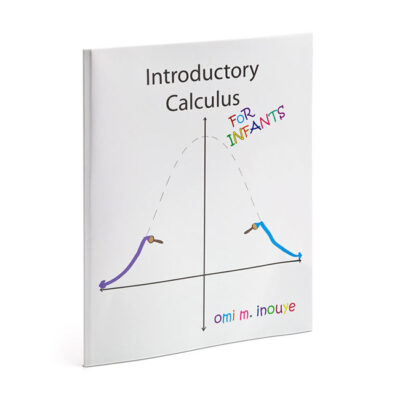Description
This is a great comprehensive book of astronomical research and discoveries, and a perfect gift for anyone interested in space.
Filled with lavish illustrations, this book is a grand tour of the universe. Three ever widening domains are presented–the planets, the stars, and the large scale universe itself–each including the ones before it and extending outward.
The tour starts close to home within the first domain, our own solar system. We see the sun and planets born from the collapse of an interstellar dust cloud whose atoms were themselves created in long dead stars. Since many of these planets have been visited by space probes or landers, we are able to benefit from the incredible technology of exploration developed by NASA and its counterparts in other countries.
The second domain is made up of the billions of stars in our own Milky Way galaxy. We walk in the steps of the American astronomer Edwin Hubble, who first established that the universe is made up of discrete galaxies, then go on to examine the fundamental constituents of those galaxies–the stars.
Finally, we move to the ultimate domain–the large scale structure of the universe itself in which galaxies are the building blocks. We discover the most amazing fact, that the solid stuff of stars and planets on which we have been concentrating up to this point make up only a few percent of the mass in the universe, with the rest being composed of two mysterious entities called, respectively, dark matter and dark energy.
To conclude, two ultimate questions remain: How did the universe begin? How will the universe end? We trace our theories back to the first fraction of a second of the life of the universe and listen to the speculations of cosmologists about how it might all have started.
Year by year, generation by generation, the way we look at our universe continues to evolve, thanks both to new technologies and new ways of thinking, spurred on by our ability to view stars and galaxies that are distant in space and time. We are sharing new ways of seeing as well, as space telescopes and interplanetary probes transmit information across millions of miles, information that we capture and transform into remarkable visual displays. From that information, ever new maps can be created— maps such as you have never seen before; maps like the ones in this beautiful volume.
This National Geographic Space Atlas has special meaning for me. It is an enduring honor to have been one of the few humans to have stood on the moon. Just 12 years after the launch of the Soviet Union’s first Earth-orbiting artificial satellite, Sputnik1, Neil Armstrong and I set foot on the moon on July 20, 1969. The moon to me is not a distant object in space but a real place where I spent time, and a real landscape that I remember in my mind’s eye. Looking at the maps of Earth’s moon on these pages is for me a little like retracing a vacation on the map that was carried along. Buzz Aldrin
- National Geographic’s Space Atlas of astronomical research and discoveries
- A perfect gift for anyone interested in space
- Filled with photos and illustrations















